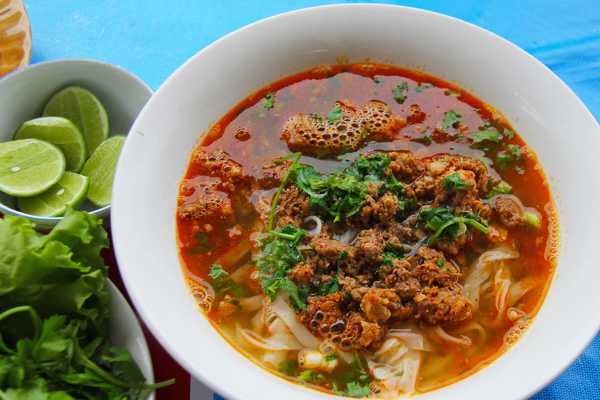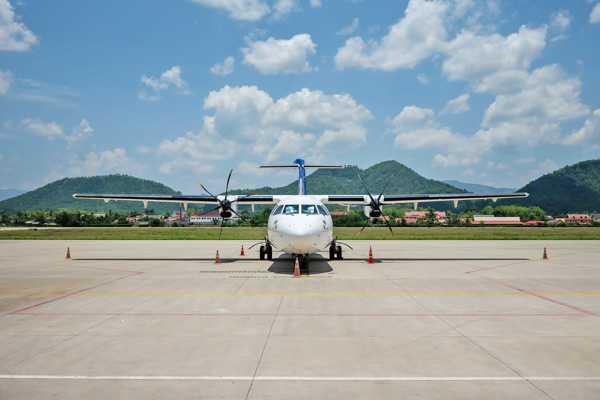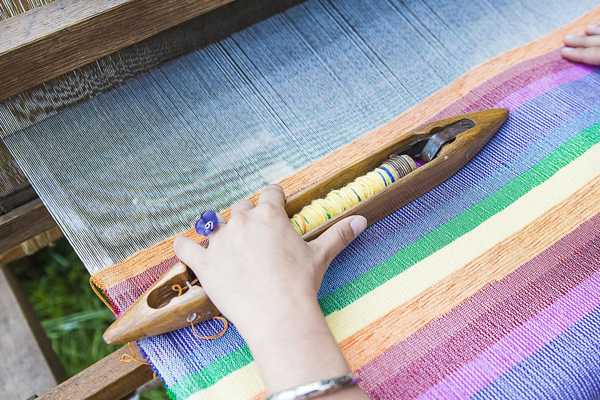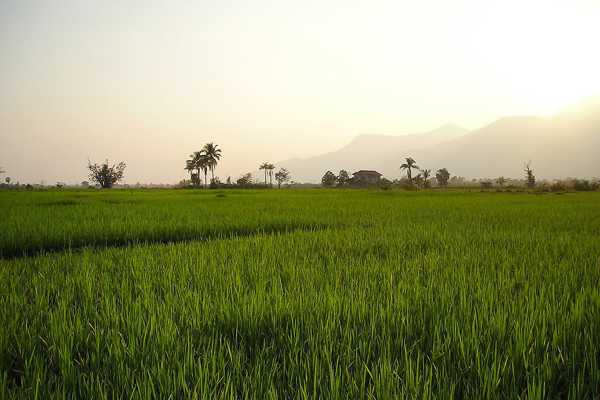Laos has one of the lowest population densities in Asia, with an estimated population of around 7 million people. This number belies the fact that Laos is home to 68 different ethnic groups. These groups fall into 3 altitudinal distributions, namely lowlands, midlands and highlands.
The fertile Mekong River valley and lowland plains are where 68% of the total population live. This group is classified as the Lao Loam (lowland people). The mountainous slopes of Laos are inhabited by the Lao Theung, who make up 22% of the country's population. Lao Soung (highlanders), including Hmong and Yao tribes, make up about 9% of the Laos population, while the remaining 1% are ethnic Vietnamese and Chinese.
- 1
Laos language

Laos’ dominant language is Lao, though only about 70% of the population speaks this language natively. In fact, there are more Lao speakers in Thailand's north-eastern borderlands of Isaan than there are in Laos.
Locals living in rural areas speak ethnic minority languages such as Khmu and Hmong. French is also commonly used in government and commerce. It’s also a compulsory subject for schools in Laos.
Map - 2
Religion in Laos

Buddhism is the main religion in Laos, and its overall influence upon the daily lives of the Lao people has been altered by the strictures of the communist government. In fact, the Lao government doesn’t oppose observance of the religion and has used many of its teachings to support its political goals.
The Vientiane-based That Luang festival – once a 3-day religious observance during the first decade of Communist control – has expanded into a week-long celebration of concerts, parades, and religious ceremonies
- 3
Social rules in Laos

There are several social rules in Laos that you may need to follow during your vacation. Lao people greet each other with a prayer-like gesture called a nop. A younger person or a person of lower status will nop their elder or social superior.
The western custom of shaking hands has become more common in recent years, though a smile and a slight bow of the head is still considered polite. Backslapping, public displays of affection, shouting, and wild gesticulation are considered impolite among the local community.
Buddhism has also influenced many social rules in Laos – the head is considered the highest part of the body and the feet lowest, both literally and figuratively. Touching someone's head or pointing with your toes are extremely rude behaviors.
You’re also required to remove your shoes before entering temples and somebody's home.



















